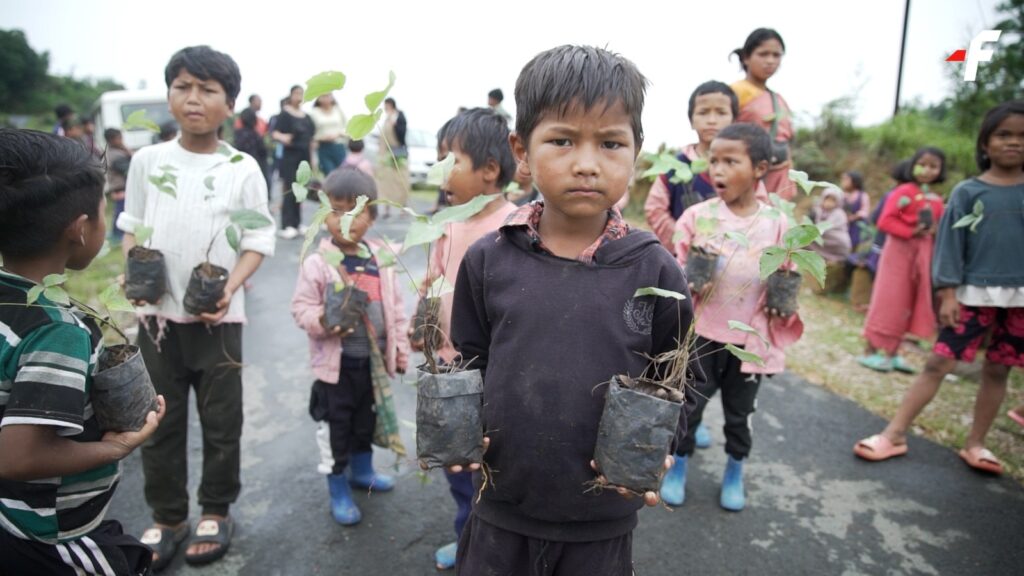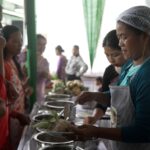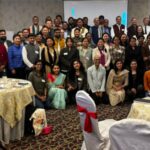
“Land Restoration Desertification and Drought Resilience” is the theme for World Environment Day 2024, as the hashtag goes #Ourlandourfuture.
In line with this theme, the village of Umsawwar under the Mawkynrew constituency in the East Khasi Hills district of Meghalaya is trying to revive the forest areas by planting more trees.

Planting trees on Environment Day is a common affair but what made this village special and deserving of appreciation is the involvement and participation of children.
Did you know that in this village, there is a durbar of the children, run and managed by the children themselves under the mentorship of elders?

Youth are the leaders of tomorrow. And yet, in many communities, youth are often chided away from discussions regarding important matters due to inexperience and age.
Many villages still sit on the edge when it comes to including children/youth in the village council while others regard this as quite improbable.
Debunking all these concepts, the village of Umsawwar felt that children, being the future, should be given a platform to voice their concerns besides moulding them into becoming leaders and educators.

Indeed, Umsawwar is a progressive Indigenous village!
The Umsawwar community was one of the first villages from Meghalaya to include women in their durbar (village council) besides having its own Seng Longkmie (Women’s group), youth club, and children’s durbar.
The idea of having a children’s durbar was conceived after community members realised the potential and knowledge youth possess that can transform the community.
“The Children’s Durbar was started long ago and it went well for a few months but unfortunately due to some problem, the durbar stopped functioning for a while. But the durbar was again given a new lease on life in recent years, to train and provide knowledge related to civic sense, cleanliness, and building self-esteem (sic),” said a Teacher of Umsawwar RCLP School, Saphina Suting.
“Since I was a kid, we used to have this kind of cooperation, teamwork, responsibility, and accountability when it comes to any work-related in our locality (sic),” said a Member of the Youth Club, Dakmenshisha Mynsong.
“Once a month, we meet to discuss and if there is any urgent discussion, we would gather under the mentorship of Kong Mary and the youth club. At the durbar, we were taught about respecting the elders and, the summation of the khasi calendar. There are 150 children in the durbar (sic),” said the President of the Children’s Durbar, Saralin Suting.
ALSO WATCH:
“Every time we have a meeting, I used to read and review the report of the previous month, take attendance of the children present in the durbar; we have cleaning drive, tree plantation, sports, etc, and they train us to be confident (sic),” said the Secretary of the Children’s Durbar, Brinda Suting.
“Since NESFAS came in six years ago to collaborate with the village and work on FDO projects, the people began to understand the process to preserve traditional farming; at the same, we were amazed to learn about the existence and functions of the children’s durbar; this is something very unique which needs to be followed by other villages as well,” said the Research Associate of NESFAS, Kerlang Khonglam.
“The teamwork, unity of villagers — from elderly men, women, young boys and girls to the children, is reflective of the leadership and vision of the Dorbar Shnong. The purpose of having the children durbar is to teach them to be leaders, active supporters and champions of environment conservation and most importantly, to learn about one’s own culture and tradition, our boundaries and uniqueness,” said the active member of the society, Marysha Nongrum.








